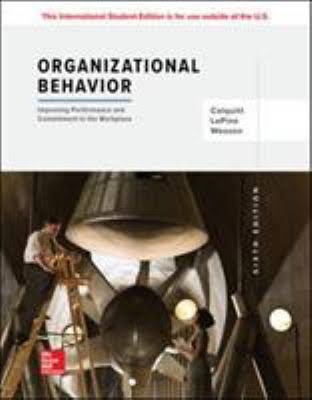
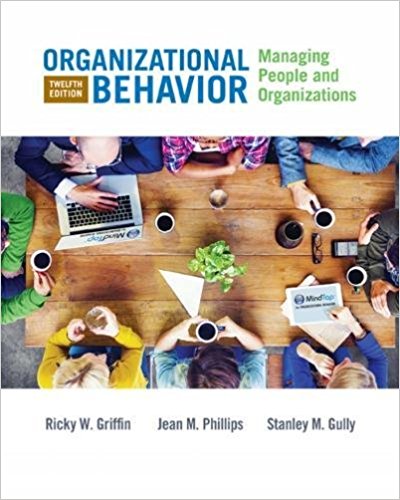
Organizational Behavior Managing People and Organizations 11th Edition – Test Bank
$25.00 Original price was: $25.00.$20.00Current price is: $20.00.
Edition: 11th Edition
Format: Downloadable ZIP File
Resource Type: Test Bank
Duration: Unlimited downloads
Delivery: Instant Download
Organizational Behavior Managing People and Organizations 11th Edition by Ricky W. Griffin – Test Bank
Chapter 6—Motivating Employee Performance Through Rewards
MULTIPLE CHOICE
1.Goals are used in organizations for two primary purposes. Goals are an effective control device and
|
a. |
means of communicating with employees. |
|
b. |
provide a useful framework for managing motivation. |
|
c. |
training tool. |
|
d. |
means of increasing individual self-efficacy. |
|
e. |
social learning mechanism. |
ANS:BPTS:1DIF:Difficulty: Moderate
REF:p. 151OBJ:LO: 6-1NAT:BUSPROG: Analytic
STA:DISC: Individual Dynamics | DISC: Motivation Concepts
KEY:Bloom’s: Knowledge
2.Which of these describes self-efficacy? It refers to the extent to which an individual
|
a. |
is willing to expend effort in order to attain a goal. |
|
b. |
believes he or she can accomplish goals even if he or she failed to do so in the past. |
|
c. |
is personally interested in reaching a goal. |
|
d. |
accepts a goal as his or her own. |
|
e. |
believes that a goal is worthwhile. |
ANS:BPTS:1DIF:Difficulty: Moderate
REF:p. 152OBJ:LO: 6-1NAT:BUSPROG: Analytic
STA:DISC: Individual Dynamics | DISC: Motivation Concepts
KEY: Bloom’s: Knowledge
3. The research of Edwin Lock assumes that behavior is a result of
|
a. |
the requirements established by the organization. |
|
b. |
the organizational culture. |
|
c. |
conscious goals and intentions. |
|
d. |
the internal organizational forces to increase profits. |
|
e. |
its consequences. |
ANS: C PTS: 1 DIF: Difficulty: Challenging
REF:p. 152OBJ:LO: 6-1NAT:BUSPROG: Analytic
STA:DISC: Individual Dynamics | DISC: Motivation Concepts
KEY: Bloom’s: Knowledge
4. Which of the following statements about goal difficulty is NOT true?
|
a. |
The goal should be challenging. |
|
b. |
The goal should require effort. |
|
c. |
The goals must be set by top management. |
|
d. |
The goal should not be too difficult. |
|
e. |
The goal should be attainable. |
ANS:CPTS:1DIF:Difficulty: Moderate
REF:p. 152OBJ:LO: 6-1NAT:BUSPROG: Analytic
STA:DISC: Individual Dynamics | DISC: Motivation Concepts
KEY: Bloom’s: Comprehension
5.Goal specificity is consistently related to
|
a. |
job satisfaction. |
|
b. |
company image. |
|
c. |
performance. |
|
d. |
social responsibility. |
|
e. |
ethical behavior. |
ANS:CPTS:1DIF:Difficulty: Moderate
REF:p. 152OBJ:LO: 6-1NAT:BUSPROG: Analytic
STA:DISC: Individual Dynamics | DISC: Motivation Concepts
KEY:Bloom’s: Knowledge
6.Which of these defines goal specificity?
|
a. |
The extent to which a goal is challenging and requires effort |
|
b. |
Defining how a goal will affect the total organization |
|
c. |
A general “do your best” attitude |
|
d. |
Defining a general goal |
|
e. |
The clarity and precision of a goal |
ANS:EPTS:1DIF:Difficulty: Moderate
REF:p. 152OBJ:LO: 6-1NAT:BUSPROG: Analytic
STA:DISC: Individual Dynamics | DISC: Motivation Concepts
KEY:Bloom’s: Knowledge
7.Expansions on goal-setting theory argue that goal-directed effort is a function of four goal attributes: goal acceptance, goal commitment, goal specificity and
|
a. |
goal clarity. |
|
b. |
goal prevalence. |
|
c. |
goal importance. |
|
d. |
goal difficulty. |
|
e. |
goal attainability. |
ANS:DPTS:1DIF:Difficulty: Moderate
REF:p. 153OBJ:LO: 6-1NAT:BUSPROG: Analytic
STA:DISC: Individual Dynamics | DISC: Motivation Concepts
KEY:Bloom’s: Knowledge
8.Goal ____ is defined as the extent to which a person is interested in reaching a goal.
|
a. |
importance |
|
b. |
commitment |
|
c. |
acceptance |
|
d. |
attachment |
|
e. |
specificity |
ANS:BPTS:1DIF:Difficulty: Easy
REF:p. 153OBJ:LO: 6-1NAT:BUSPROG: Analytic
STA:DISC: Individual Dynamics | DISC: Motivation Concepts
KEY:Bloom’s: Knowledge
9.Actual performance, according to goal-setting theory, is determined by the interaction of
|
a. |
organizational support, goal-directed effort, and individual abilities. |
|
b. |
availability of resources, employee attitudes, and goal clarity. |
|
c. |
goal-directed effort, employee motivation, and goal specificity. |
|
d. |
goal difficulty, employee attitudes, and organizational support. |
|
e. |
goal importance, goal attachment, and goal specificity. |
ANS:APTS:1DIF:Difficulty: Moderate
REF:p. 153OBJ:LO: 6-1NAT:BUSPROG: Analytic
STA:DISC: Individual Dynamics | DISC: Motivation Concepts
KEY:Bloom’s: Knowledge
10.All of the following statements are true above MBO EXCEPT:
|
a. |
It is a collaborative goal-setting process. |
|
b. |
Goals systematically cascade down through the organization. |
|
c. |
It is the same as the 360-degree feedback system |
|
d. |
Top managers establish overall goals. |
|
e. |
The manager acts as a counselor |
ANS:CPTS:1DIF:Difficulty: Moderate
REF:p. 153-154OBJ:LO: 6-1NAT:BUSPROG: Analytic
STA:DISC: Individual Dynamics | DISC: Motivation Concepts
KEY: Bloom’s: Comprehension
11.Goal-setting theory has been tested in a variety of settings. Which of the following statements is NOT true regarding the findings of these studies?
|
a. |
Goal setting is an important way for managers to convert motivation into improved job performance. |
|
b. |
Goal difficulty and goal specificity are closely related to performance. |
|
c. |
Little is currently known about how individuals accept and become committed to goals. |
|
d. |
Goal setting may focus too much on the short-term at the expense of long-term issues. |
|
e. |
Goals set for organizations as a whole are typically more effective than goals set for individual employees. |
ANS: E PTS: 1 DIF: Difficulty: Challenging
REF:p. 151-153OBJ:LO: 6-1NAT:BUSPROG: Analytic
STA: DISC: Motivation Concepts KEY: Bloom’s: Comprehension
12.Which of the following is NOT part of the performance measurement process?
|
a. |
Comparing an employee’s work behavior with previously established standards |
|
b. |
Communicating the results to the employee |
|
c. |
Rewarding the employee according to his or her performance |
|
d. |
Evaluating an employee’s work behavior by measurement |
|
e. |
Documenting the results |
ANS:CPTS:1DIF:Difficulty: Moderate
REF:p. 155OBJ:LO: 6-2NAT:BUSPROG: Analytic
STA: DISC: Motivation Concepts KEY: Bloom’s: Comprehension


MAECENAS IACULIS
Vestibulum curae torquent diam diam commodo parturient penatibus nunc dui adipiscing convallis bulum parturient suspendisse parturient a.Parturient in parturient scelerisque nibh lectus quam a natoque adipiscing a vestibulum hendrerit et pharetra fames nunc natoque dui.
ADIPISCING CONVALLIS BULUM
- Vestibulum penatibus nunc dui adipiscing convallis bulum parturient suspendisse.
- Abitur parturient praesent lectus quam a natoque adipiscing a vestibulum hendre.
- Diam parturient dictumst parturient scelerisque nibh lectus.
Scelerisque adipiscing bibendum sem vestibulum et in a a a purus lectus faucibus lobortis tincidunt purus lectus nisl class eros.Condimentum a et ullamcorper dictumst mus et tristique elementum nam inceptos hac parturient scelerisque vestibulum amet elit ut volutpat.
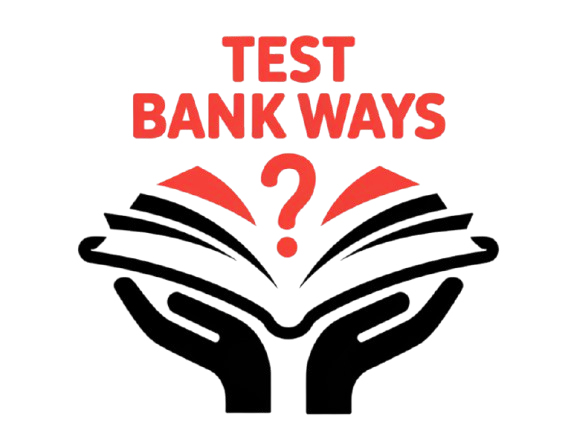
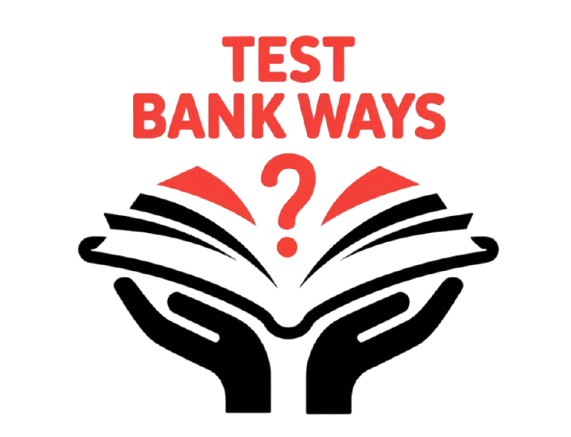
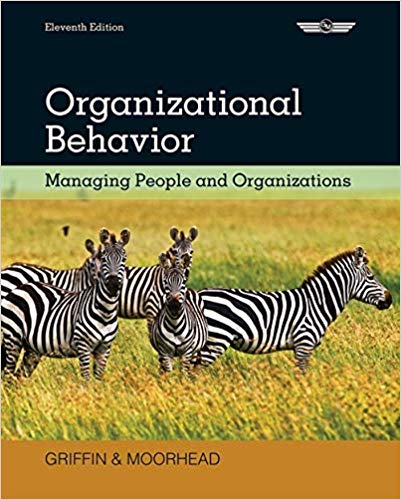
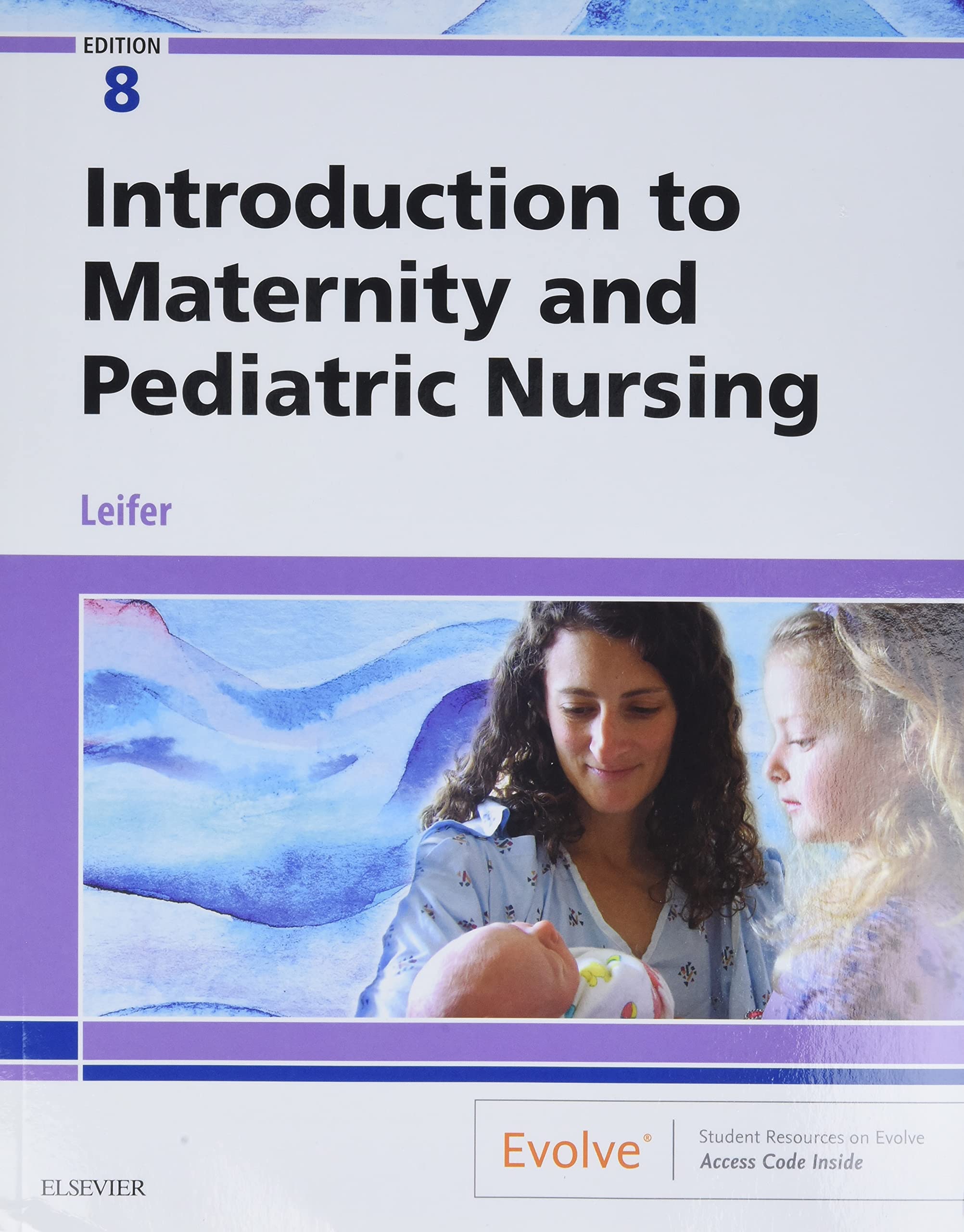
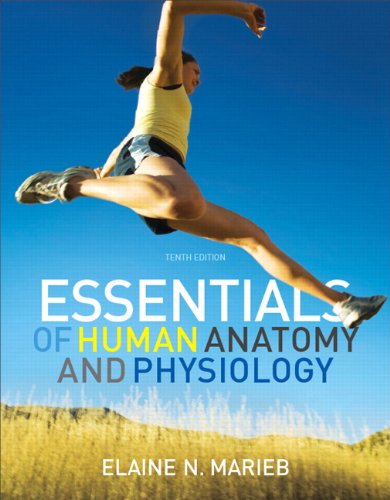



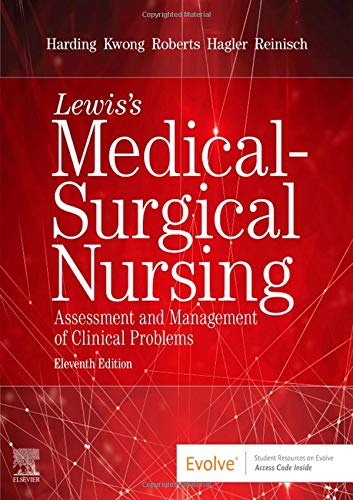
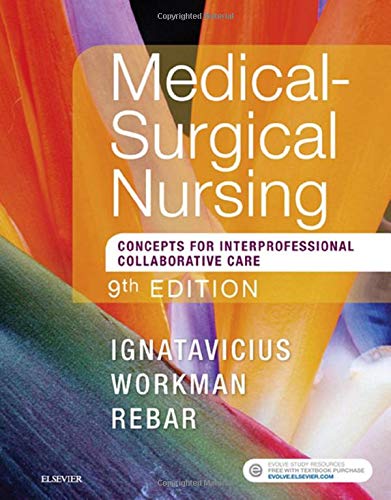
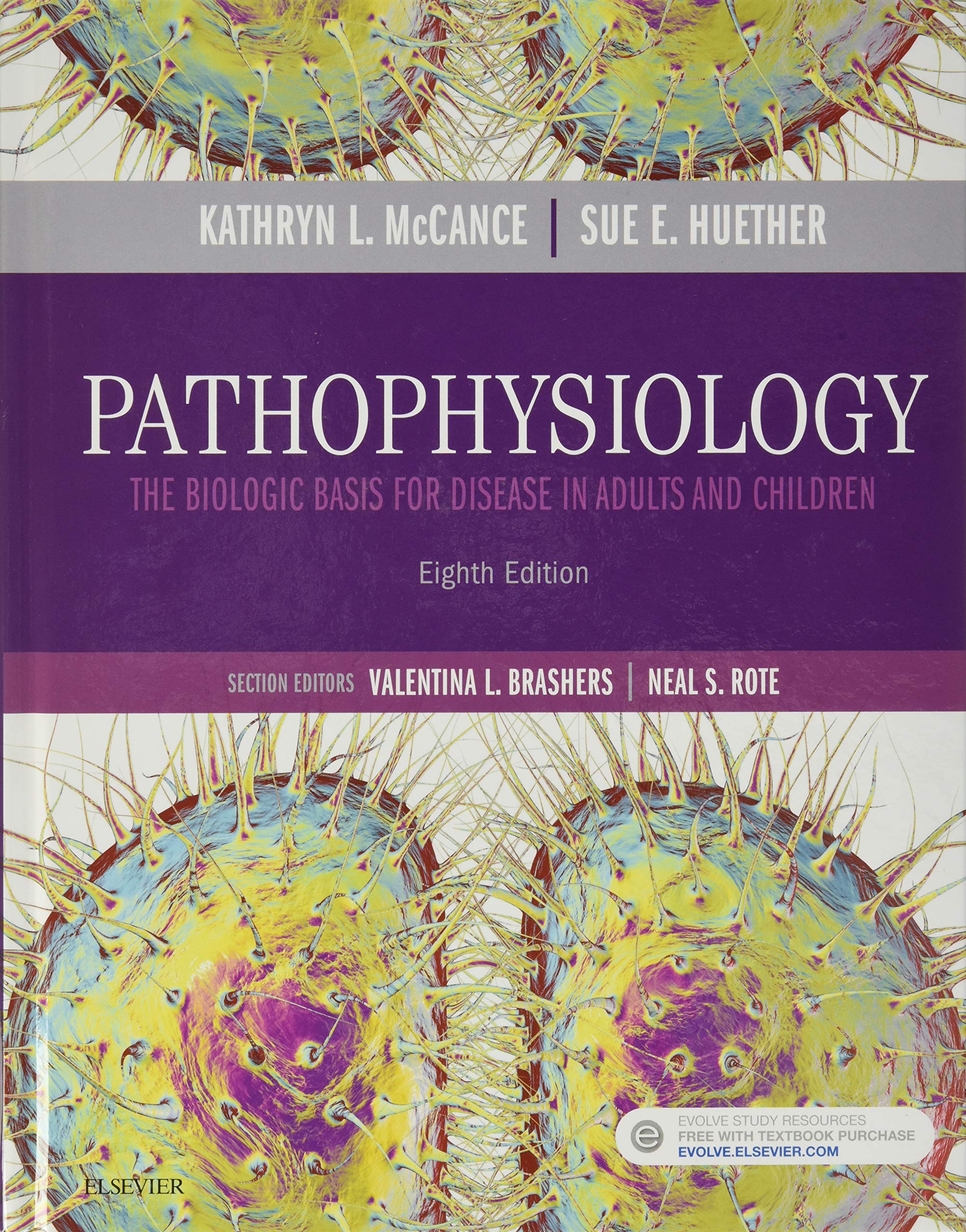
Reviews
There are no reviews yet.